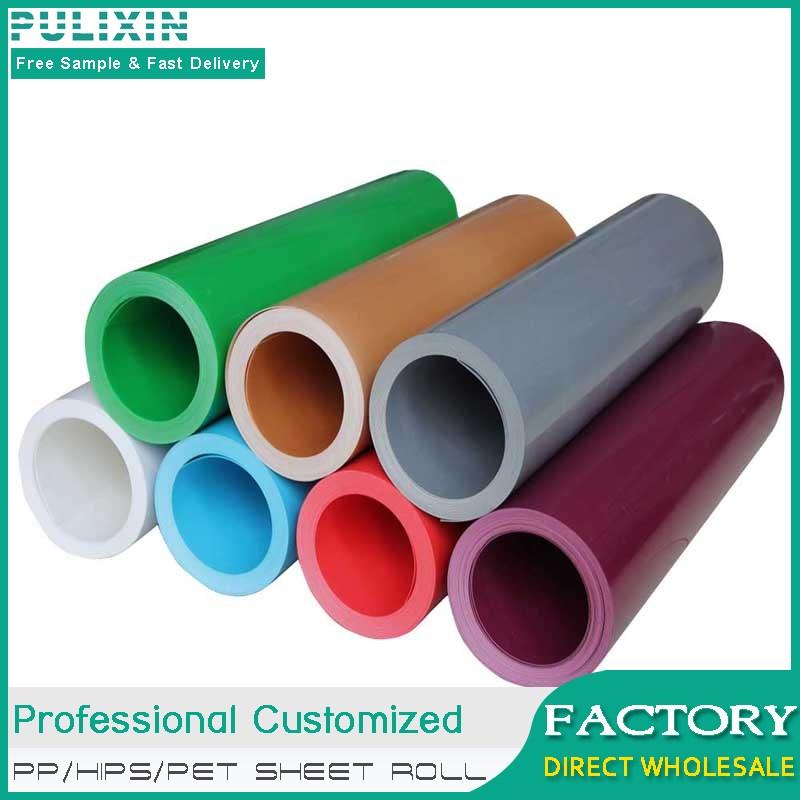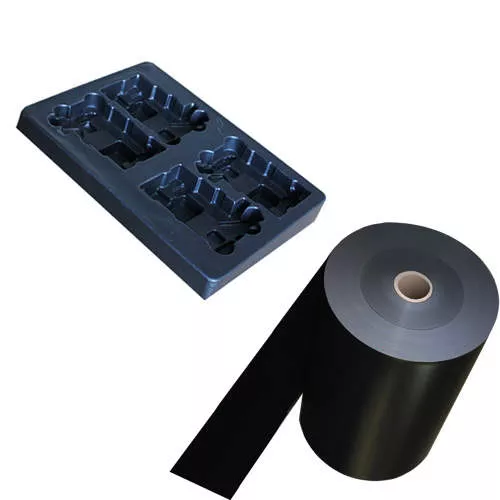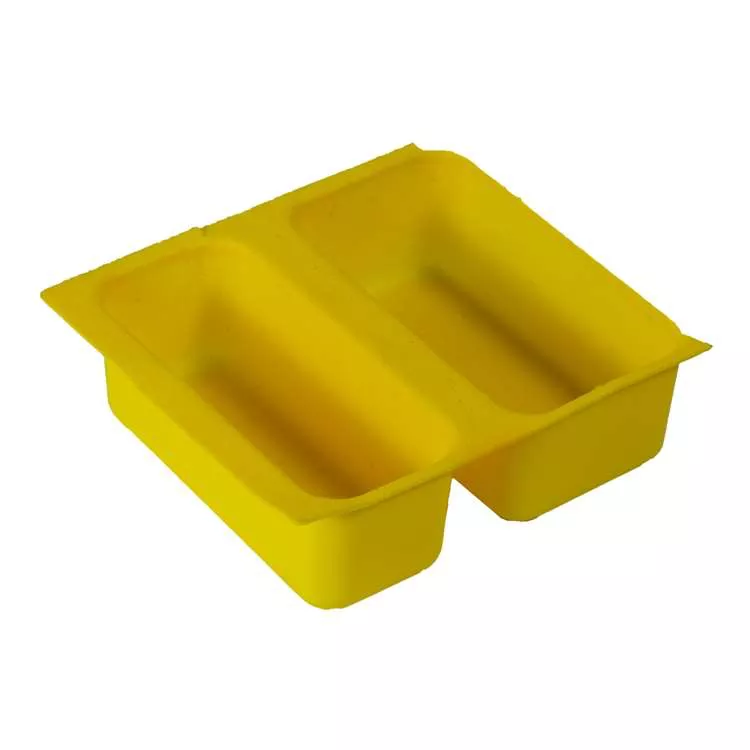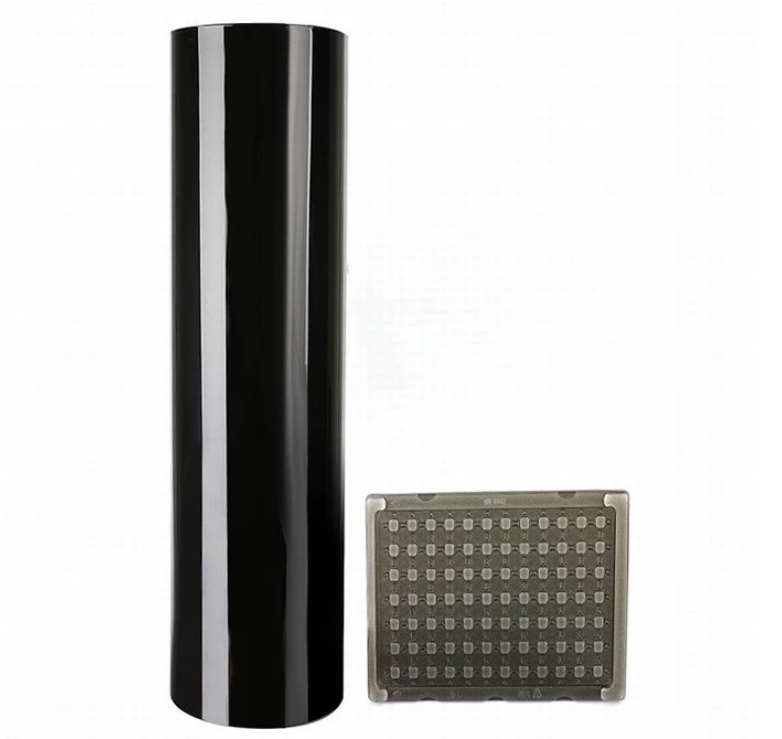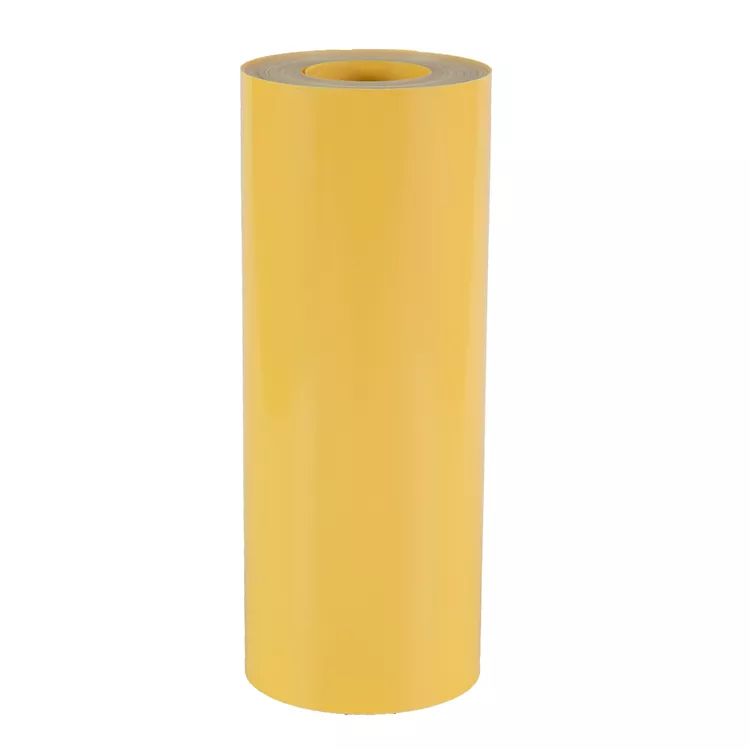


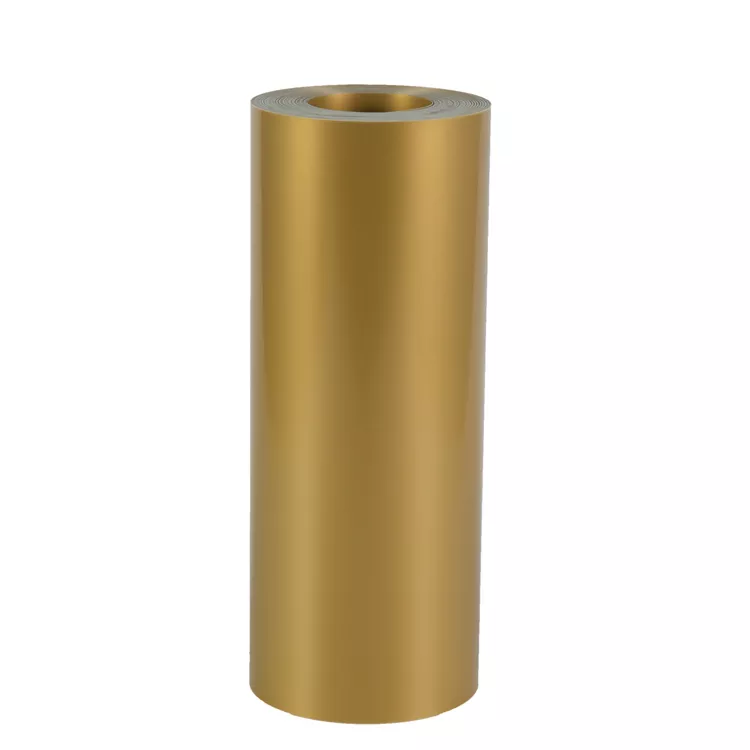

Factory Manufacturing High Quality HIPS Plastic Sheet Roll For Thermoforming
Pulixin is an excellent and leading plastic sheet Manufacturer & factory in China. We have advanced technology and equipment, mature foreign trade and export experience, and have established good cooperative relations with customers in more than 60 countries. Free samples supply, OEM & ODM accepted
- Brand: PULIXIN
- Origin: Shanghai, China
- MOQ: 5 tons
- Thickness: 0.3~2mm
- Width: 300~850mm
- Application: Thermoforming
- Send Inquiry
-
- Email: lindy@pulixin.com
- Phone: +8615221762039
- WhatApp

- Wechat

Description
Polystyrene (Polystyrene, abbreviated PS) refers to a polymer synthesized from styrene monomer through radical addition polymerization reaction, the chemical formula is (C8H8)n. It is a colorless and transparent thermoplastic with a glass transition temperature higher than 100°C, so it is often used to make various disposable containers that need to withstand the temperature of boiling water, and disposable foam lunch boxes.
Impact-resistant polystyrene is an impact-resistant polystyrene product produced by adding polybutyl rubber particles to polystyrene. This polystyrene product will add micron-sized rubber particles and connect the polystyrene and rubber particles together by grafting. When subjected to an impact, the tip stress of the crack propagation will be released by the relatively soft rubber particles. Therefore, the propagation of cracks is hindered and the impact resistance is improved.
Impact-resistant polystyrene is an amorphous polymer formed by graft polymerization of styrene monomer and rubber, or a physical blend of polystyrene and rubber (usually polybutadiene rubber). The resulting polymer has toughness, usually white (there are also transparent grades), extrusion and molding is very easy. Its toughness is mainly determined by the ratio and usage of rubber components. The representative performance of impact resistance PS is: bending strength and tensile strength of 13.8-48.3MPa (different with the content of rubber and additives); elongation 10-60%; gloss 5-100%. The visual transparency ranges from excellent to poor, the shrinkage rate is about 0.006, and the thermal expansion coefficient is the same as that of transparent PS. Impact-resistant PS has no change in performance after γ-ray sterilization and irradiation, and has the same solvent resistance as transparent PS. The melt index of impact-resistant PS is 1-10g/min, and the Vicat softening point is 215°F. The commercial production of impact-resistant polystyrene with enhanced properties has broad market prospects. Some of the existing special grades include: ultra-high gloss grade, high transparency grade, abrasion resistance grade, environmental stress crack resistance (ESCR), high modulus grade, low gloss grade, and grades with low residual monomer styrene content .
The outstanding characteristics of impact-resistant polystyrene are easy processing, excellent dimensional stability, high impact strength and high rigidity. For HIPS only heat resistance. There are certain limits in oxygen permeability, UV stability and oil resistance. Chemical and performance Impact-resistant polystyrene is made by dissolving polydiene rubber in styrene monomer before polymerization. Although the suspension polymerization method can be used to prepare HIPS, the bulk polymerization method is currently used in the industrial production of HIPS. In the bulk polymerization process, the styrene monomer/rubber/additive mixture passes through a series of reactors with a conversion rate of 70-90%. In the polymerization reaction, heating or adding an initiator is required to complete the reaction, and then heating in a vacuum to remove volatile residual monomers from the resin, and then pelletizing and selling.
The impact polystyrene performance test is divided into several levels according to its relative impact strength:
The impact strength of notched cantilever beams of medium impact resistance grade is generally 0.6-1./i;
The impact resistance of the high impact resistance grade is 1.5-2.5ftlb/in;
The impact strength of extremely high impact resistance is> 2./in
Some HIPS grades have an impact strength value of up to 6./in, but this resin is usually used in blended resins to improve the impact resistance of low-strength grade resins.
Other important performance testing matters needing attention of standard HIPS are as follows: bending strength 13.8~55.1MPa; tensile strength 13.8-41.4MPa; elongation at break 15-75%; density 1.035-1.04 g/ml; Vicat softening point 185- 220°F.
The only industrially mixed HIPS alloy is its blend with polyphenylene ether. The heat resistance and toughness of this blend are outstanding, but the product price is much higher than that of HIPS alone.
The continuous development of polystyrene technology enables the production plant to produce grades with more outstanding performance than standard PS. Many properties of polystyrene cannot be achieved at the same time. If you want to improve the impact strength, you have to sacrifice gloss. Some new resins appearing at present have the glossiness of ABS and high toughness. Some grades, such as those that can withstand various oils and fats when packaging food, and chlorofluorocarbon (CFC) foaming agents when used in refrigerators, have also been developed. Flame-retardant grade (UL V-0 and UL 5-V), impact-resistant polystyrene has been produced and widely used in TV housings, business machines and electrical products. The processing operation of these resins is easier than many flame retardant engineering resins, and the price is lower.
Conductivity: (σ) 10-16 S/m
Thermal conductivity: 0.08w/m.k
Young’s modulus: (E) 3000-3600 MPa
Tensile strength: (σt) 46–60 MPa
Extension length: 3–4%
Charpy impact test: 2–5 kJ/m2
Glass transition temperature: 80-100℃
Coefficient of thermal expansion: (α) 8×10-5/K
Heat capacity: (c) 1.3 kJ/(kg·K)
Water absorption: (ASTM) 0.03–0.1
Degradation: 280℃
Why Choose Pulixin
PULIXIN is an excellent leading PP plastic sheet roll manufacturer in China. Our factory covers an area of more than 10,000 square meters and has 4 rigid polypropylene sheet production lines with international advanced equipment. It can produce 3,000-5,000 tons of PP plastic sheets per month, and the maximum storage capacity exceeds 10,000 tons.- High Level Factory
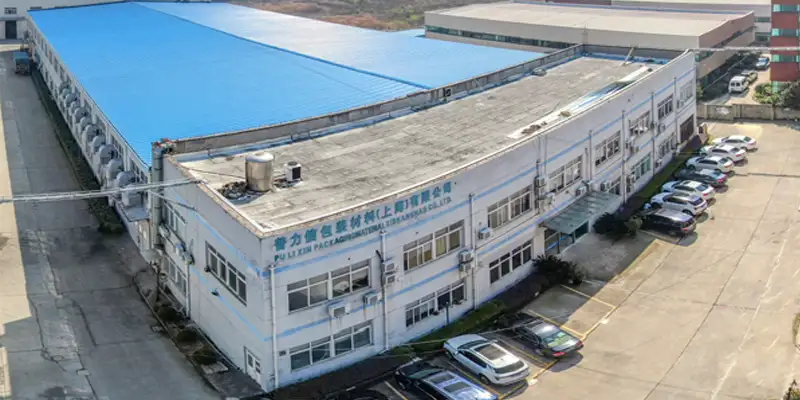
- 1, 6000㎡ Area
2, 10 co-extrusion lines
3, 15 years experience
4, 2300+ regular customers
- Considerate Service

- 1, Quick reply to inquiries
2, Free sample on paying the postage
3, Strong capacity, short production and fast delivery
4, Factory inspection acceptable
5, OEM Support
- Strict Quality Control

- 1, Thickness error:+-0.1mm
2, Weight erroe:+-1kg
3, Antistatic impedance: +-0.1Ω
- On Time Delivery

- 1, Production: 1days after prepayment
2, Delivery: 5days after final payment










